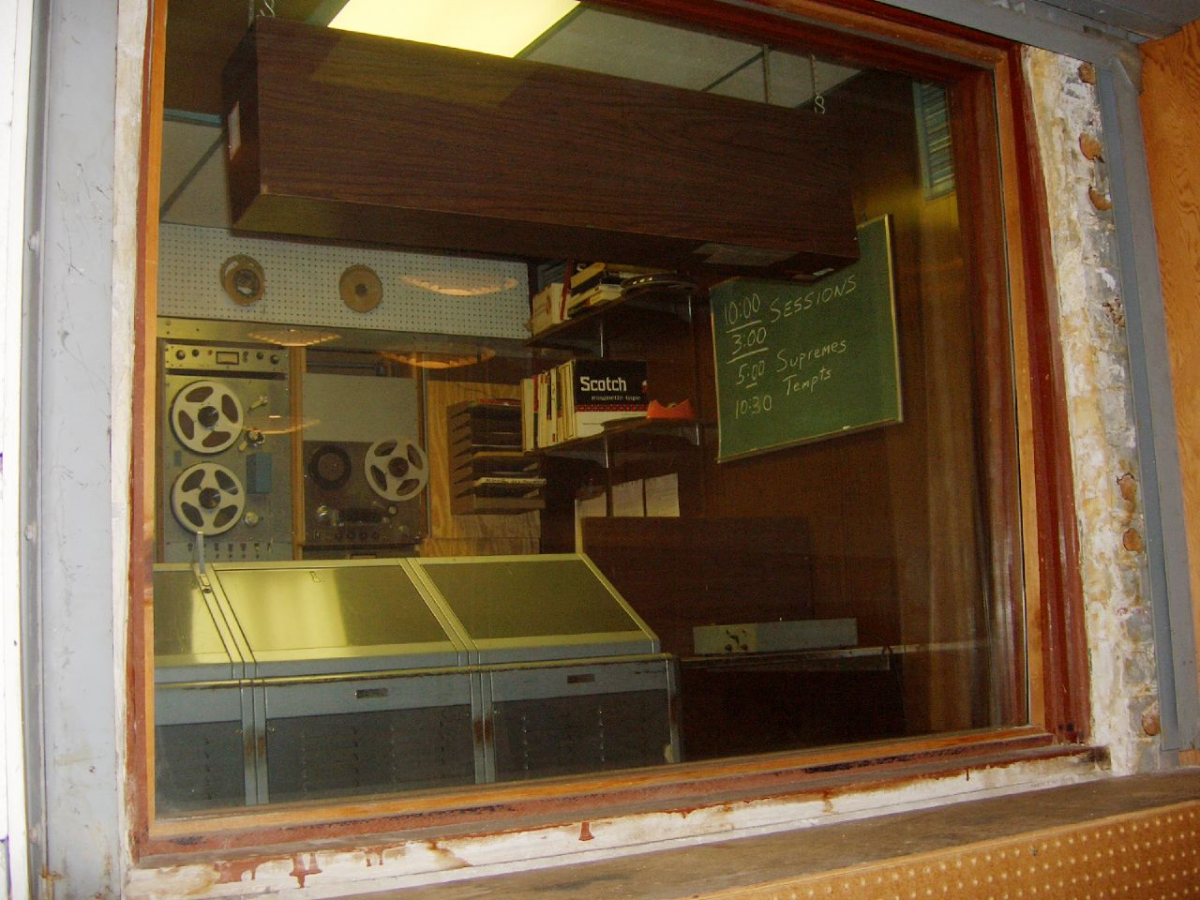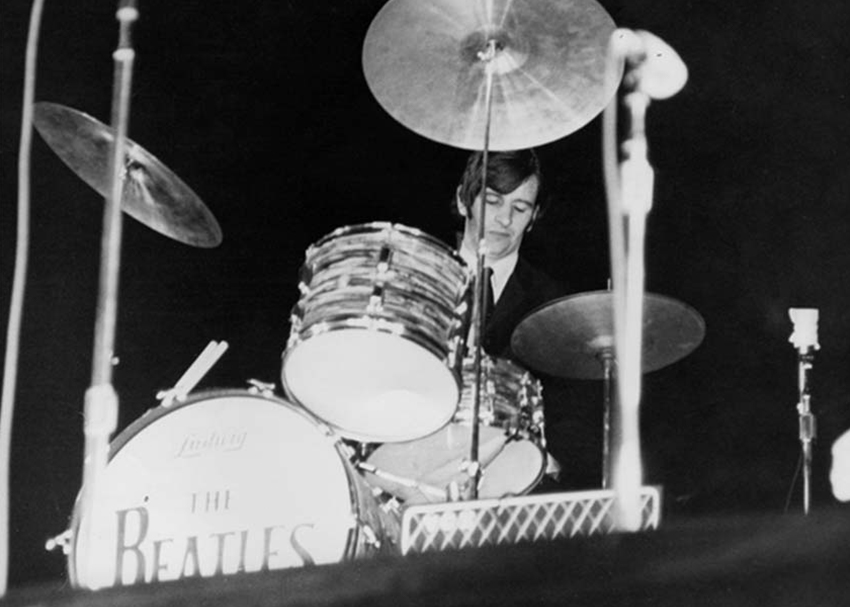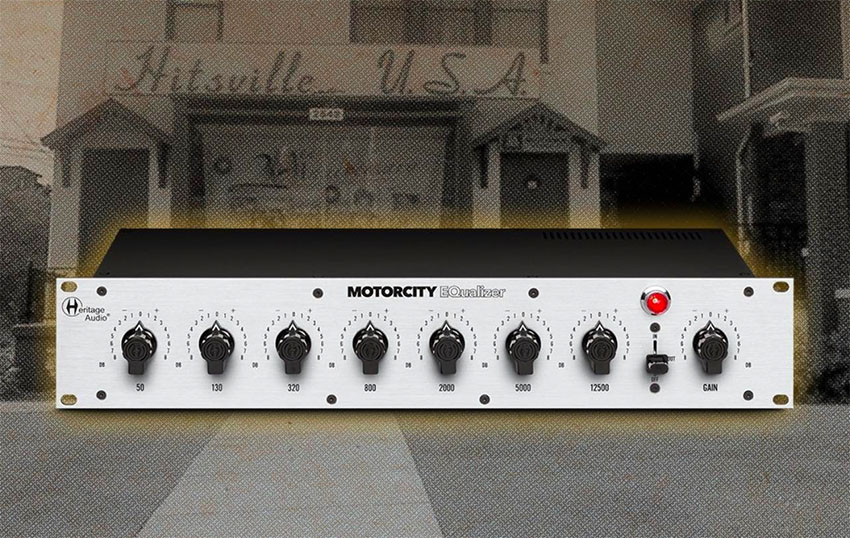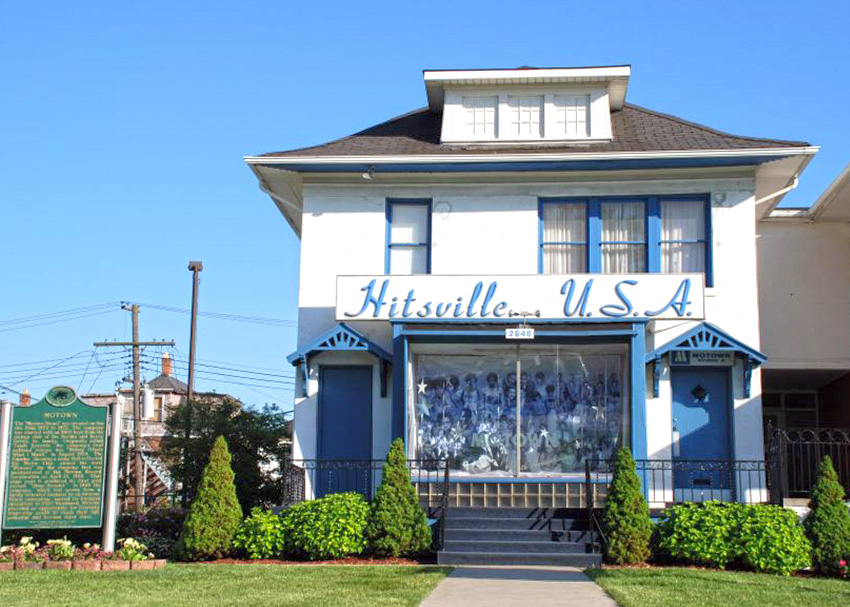All eras of music teach us lessons about recording, playing, and mixing. When it comes to tracking a drum kit, something changed in the 1950s and early ’60s in Detroit, where the Motown sound was born.
Modern recording has migrated from the expensive studio spaces of the past into basements, garages, and bedrooms all over the world. With that accessibility comes incredible progression, works of art that wouldn’t have seen the light of day before, and an influx of new engineers and producers creatively capturing the ideas in their heads. This parallels the musicians, engineers, and producers of Hitsville, USA who, in their day, took a DIY attitude toward crafting incredible, unforgettable sounds in the most creative ways possible.
Today we’re looking back in time to learn some valuable lessons from the kings and queens of recording the “Young American Sound,” known best as Motown.

Simplicity Spawns Creativity
The genius of the Motown sound comes from the simplicity of setup and the amazing players behind the kit. The engineers in “Studio A” were always evolving their drum sound year after year, session after session. Wes Dooley, an audio engineer and microphone builder for AEA, stated when interviewed for Recording mag that Motown’s early drum recording approach was one mic on the kick, one mic overhead. Into the early ’60s this method added a snare drum mic for more kit definition, but it really stopped there on most of their hits. These mics included Neumann U67s, Shure SM57s, the RCA 77DX, the Electro-Voice 666, and Sony C37As. Though these microphones have all achieved legendary status, (and with that a legendary price tag) you can still capture similar tones with modern microphones using Motown’s signature techniques. Some 1960s tracks even featured a second drum kit recorded on top of, or alongside the other drum tracks, giving that potent, slappy kit sound.
It’s important to remember that the Western Electric mixing consoles Motown engineers used only featured three tracks. This led to bleed from other sounds captured on the same tracks as drums, inadvertently adding to the mystery and allure of this interesting drum sound.
Related: How the 1950s and ’60s Shaped the Modern Drum Set
In the 1950s, the modern drum kit took hold in popular music — and it has remained mostly unchanged ever since. | Read »

The Physical and Acoustic Nature of Drums
Recording methods surely had a spot inside the sound of Motown drums, but the physical application of playing and dampening the drums also played a role. Early Motown drummer Richard “Pistol” Allen explained to Modern Drummer magazine in 1999, that he would stuff newspaper or blankets into his bass drum to dampen it. And “To get the right sound out of the snare drum,” Allen said, “we put electrical tape on the snares on the bottom head. We’d cut two little strips of tape and put one on each side of the strainer to keep the snares as close to the head as possible–you know, to get that tight, crisp sound.”
Tuning also played a role. Higher, noted tunings were often used and can be heard throughout Motown hits of the ’60s. Allen mentions tuning his floor tom to G, but also that most of the time he would come in and just start playing, not even stopping to tune up the kit.
Making the Setup Modern
Playing technique aside, how can you reproduce these vintage sounds with a recording setup today? Luckily, the Motown sound is incredibly sought-after, which makes reproduction gear easy to come by. For instance, if you’re looking to recreate the backend of your home studio with Motown-inspired EQs, Heritage Audio’s Motorcity Equalizer is literally a snapshot of history in a rack EQ. Modeled after the holy grail EQs in Hitsville, the Motorcity EQ is the closest modern, accessible EQ rack available today. If analog racks aren’t your style, Universal Audio created a Hitsville plug-in suite that features rack gear modeled after the real studio’s signal processors.

If you’re looking to start a mic locker, there are endless options of reproductions and clones of classic mics, and even some used in the days of Motown still in production today. For starters, brands like Warm Audio, Lauten Audio, Shure, and Royer all craft condenser, ribbon, and dynamic microphones that fit the Motown era mold. Motown engineers used the still-in-production Shure SM57 for a myriad of applications and chances are you may already one.
Motown revolutionized music and gave a generation the soundtrack to their youth. From DIY recording techniques, to the legendary musicians that used them, Motown music will forever be immortalized as the signature sound of Detroit and the beating heart of the 1950s, ’60s, and early ’70s.



